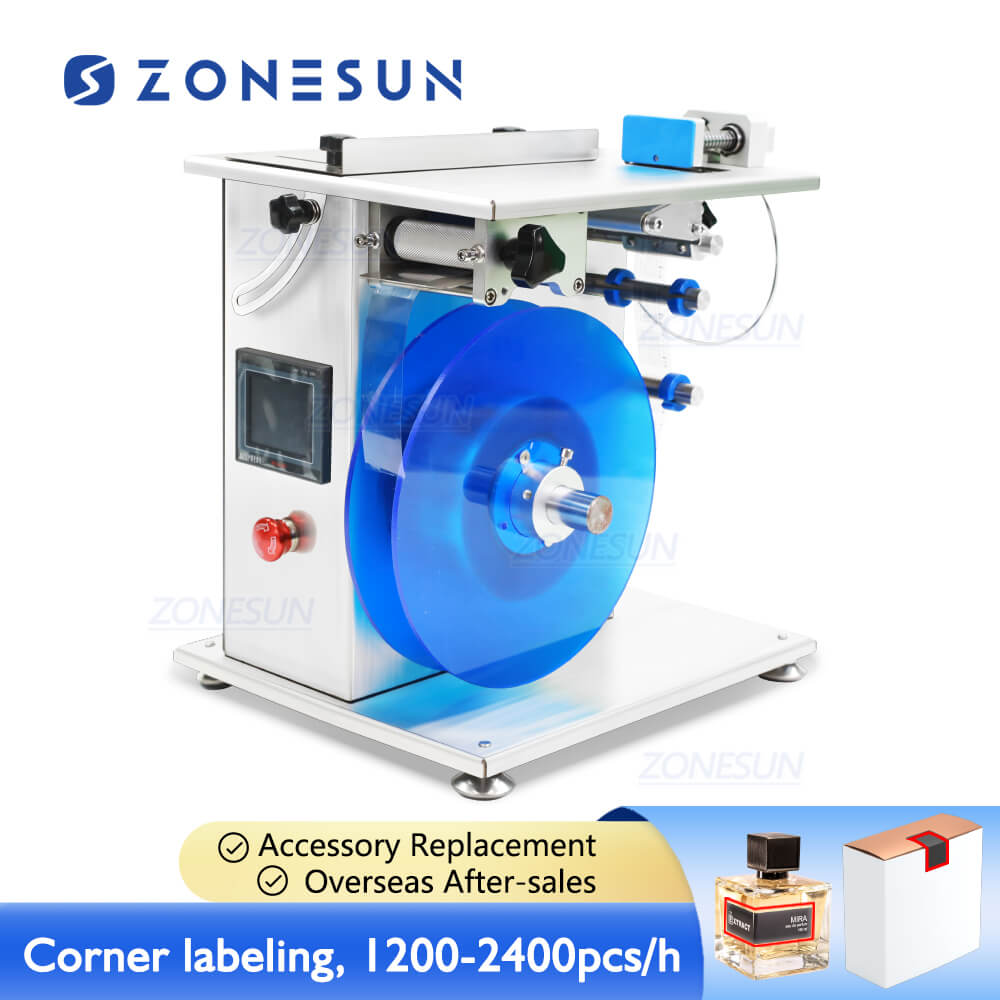How Does an Automatic Filling Machine Work?
As we all know, products in the market are various—liquids, paste, powders, or granules. Automatic filling machines play the important role in the packaging area. They are widely used in food, cosmetics, personal care, and household chemical production. Technology behind filling equipment keep update and adapt as well. Learning about how an automatic filling machine works, and why different materials require different filling methods, can help products manufacturers choose the most suitable filling system.
Core Workflow of an Automatic Filling Machine
Most automatic filling machines follow the same basic operating sequence. Containers move along a conveyor and are detected by photoelectric sensors as they reach the filling station. A positioning device holds each container steady while the nozzles descend or align with the opening. The machine then dispenses product using a selected method: time-based, volumetric, mass-based, or flowmeter-controlled filling. After dispensing, an anti-drip or suck-back mechanism prevents leaking. Filled containers then leave the station and continue to capping, labeling, or other downstream processes. This workflow forms the foundation for nearly all automatic filling systems.

Material Behavior: Why Different Products Require Different Methods
The material's behavior directly influences the choice of filling technology. Characteristics like foaming, viscosity, and dusting are therefore critical to the filling machine selection process.
High-foaming Liquids
Products such as detergents or shampoos easily generate foam when filled from a height. For these materials, bottom-up (submersible) filling and slow initial flow rates reduce turbulence and prevent foam overflow, ensuring accurate fill levels.
High-viscosity Fliuids
Thick creams, gels, and other pastes flow slowly and unevenly. Servo-driven piston systems deliver the strong, controlled pushing force needed for precise volumetric filling. Rotor lobe pumps are another option for products without without large and hard particles.If the material is non-flowing, such as silicone or exfoliating paste, filler with an extruder is a good choice.
Granular Products
Granules pack inconsistently, meaning equal volume does not always correspond to equal weight. To avoid underfilling or overfilling, granular materials such as seeds or supplements are often filled using weight-based systems. Load cells measure each dose in real time and automatically adjust dispensing to achieve consistent target weight.
Powders And Dust-Prone Materials
Powdered products tend to produce airborne dust during filling work, which can contaminate equipment, cause product loss, and create safety risks. Auger filling machine is specifically designed to solve this kind of problem. It works by controlling predetermined number of revolutions within a tube to dispense a precise amount of powder into a container.This filling method minimizes dusting while delivering consistent filling, making it ideal for products like coffee powder, protein powder, spices, and so on.
Key Components Behind the Operation
Several components work together to support accurate and stable filling work. Pump systems—such as piston pumps, gear pumps, magnetic pumps, peristaltic pumps and rotor lobe pumps provide the necessary flow control. Nozzle designs include anti-dripping features to maintain accuracy and cleanliness. The PLC system coordinates volume and other parameters through a touch-screen interface. Pneumatic modules manage positioning structure and nozzle lifting, while conveyors and guide rails ensure smooth container handling.
Automation, Monitoring, and Error Prevention
Now the filling machines are geting smarter and smarter. They come standard with various sensors and self-protection functions, such as "no bottle, no filling," low material alarm, and automatic shutdown in the event of flow or pressure irregularities.Even more conveniently, they can integrate with capping machine, labeling machine and labeling machine to realize full automatic production line.This can greatly reduce human error and also alows for efficienct24/7 operation.
Conclusion
There are three key factors influencing effectiveness of automatic filling machine—precision, consistency, and compatibility with different materials.Different filling material has different behavior like foamy, high viscosity, particulate-containing and dust-prone.Therefore, the choice of filling technology must consider both material characteristics and equipment design.ZONESUN offer various kinds of automatic filling machine to help product manufacturer improves working efficiency, reduce waste and produce high quality products.





اترك تعليقا